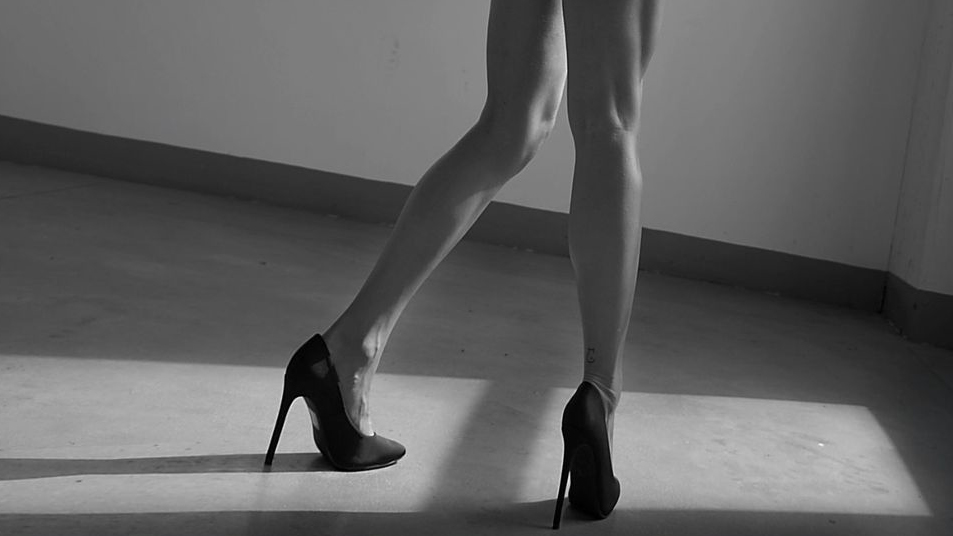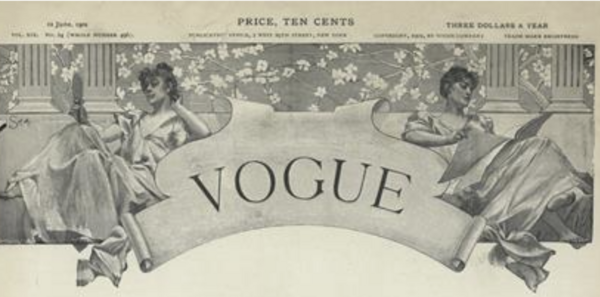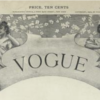Staff Writer Lydia Bruce explores the controversy around Bianca Censori’s outfit at this year’s Grammys, considering the place of fashion in relation to social norms.
The dichotomy of what is considered fashionable is synonymous with the genre itself. Some may say that it is in the nature of the fashion industry to cause dispute. Even leading fashion magazines such as British Vogue frequently comment on the current topical issues surrounding avant-garde and controversial outfits and the recent uproar around Bianca Censori’s Grammys outfit is no exception. Where do we draw the line? What defines fashion as a form of creative expression as opposed to sensationalism and scandal?
British Vouge’s Daniel Rodgers notes the historic “concern around where the naked dressing trend” might lead, with its intention of displaying pieces “designed to create the illusion of nudity in public”. It dates back to the 1960s, with figures such as Marilyn Monroe presenting herself as a “twinkling siren”, Rodgers continues. Yet, in 2025, audiences are still left shocked, stunned, baffled and even outraged by such an overt depiction of nudity. Headlines such as the Mirror’s “Bianca Censori risks jail time as fans slam ‘disgusting’ nude Grammys outfit” surfaced only days after the event. The articles describe the backlash and extent of upset caused by what some may say is a woman proud of her own body and comfortable in her own skin. The Mirror goes so far as to address the topic from a legal point of view, arguing that Censori’s public appearance should be “considered a crime” due to her “intentional” exposure, since the law states that purposeful exposure at the cost of another’s discomfort, annoyance of offence, counts as public indecency, usually “slapped with a misdemeanour, facing up to six months in the clink”.
As a tabloid, the Mirror approaches the issue with a light-hearted tone and sense of witty cynicism. In consequence, the sensitive topic of a woman’s body and her agency over it becomes a sensationalised (and often sexualised) eye-catching slogan aimed at drawing in hungry readers. This poses the question of the importance of such extensive discussions over one individual’s choice of dress. What actually is the important issue here? What’s the root of the anger? Is it justified? And why is fashion used in such a way?
Of course, such a wealth of open-ended inquiries immediately calls for a succession of equally lengthy and equally vague answers: there simply is no one answer.
When I took these questions to the streets of London, a young group of students attending the University of the Arts London (UAL) expressed their opinions on the matter. Most of them agreed that it is up to the individual to decide how they dress. Whether those choices are supported or not should be determined by the integrity of their homage to fashion. What is their outfit doing? Who are they wearing? What is the inspiration? If these questions can be answered and supported, then the outfit has fit its brief, regardless of public opinion or certain prejudices. Creative expression argues that fashion is an artistic choice made by the individual or the artist that they represent. Polly Allonby studying costume design comments on the issue:
“As a fashion student who thrives in nude life drawing classes, as a modern feminist who believes we must destigmatise woman’s bodies, the immediate response to the headline of Censori’s nudity was to be non-judgemental. However, I can’t help but feel uneasy about the situation. Her body language and facial expressions were not ones of liberation. Her presentation felt like the triumphant reveal of a trophy owned by Kanye. In that moment, her body belonged to him as an object; that was not a fashion statement of liberating self-expression, that was a poorly costumed caricature of a trophy wife”.
A feminist reading of Censori’s statement at the Grammys entails hope that her choice of dress arises from a place of self-love and desire to destigmatise female bodies. Nonetheless, it is clear that audiences are questioning the root of the model’s appearance in such a distinctive garment: was it an act of feminist revolt or something deeper and much more worring, related to her husband’s desire to poses her as a commodity?
It seems as though each reiteration of hallmark events such as The Grammy’s calls for celebrities to make attempts at pushing boundaries and challenging societal norms. It is almost as if the shock-factor has become a form of protest, turning fashion and art into techniques of facilitating public uproar that inspires the revaluation of what we consider acceptable. Social norms around dressing are constantly evolving, shifting attitudes towards nudity, bold silhouettes and “scandalous” outfits. The question is whether the public outrage may be selective. Could that be where the problem lies? Who gets criticised for provocative fashion and why? Is this an issue of gender and the inherent sexualisation of female bodies? Or is it simply an objective comment on decency and not making spectacles of ourselves?
Censori’s Grammys outfit exemplifies the enduring influence of avant-garde fashion, particularly the “naked dressing” trend. The public’s reaction invites an intriguing consideration: does it reflect genuine discomfort with shifting norms or merely fleeting outrage? Ultimately, is fashion most powerful when it provokes or when it inspires – and where do we draw the line?
















